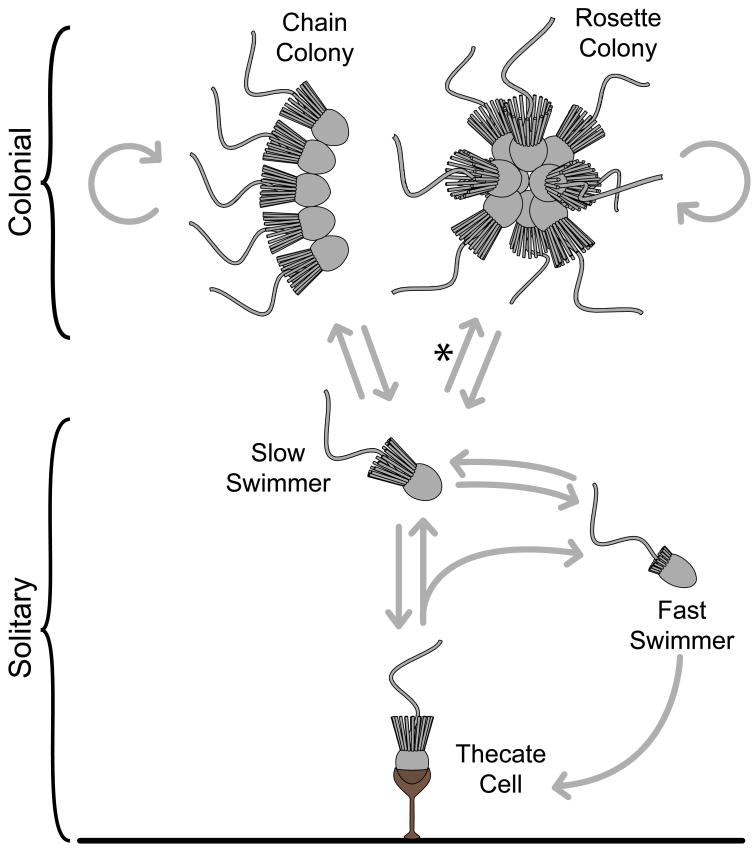Fig. 2. A model of S. rosetta life history.
S. rosetta cells can differentiate between at least five different forms. Arrows depict observed and inferred transitions that are described in the main text and in Fig. S9. Fast swimmers can settle to produce thecate cells that then produce swimming cells either through cell division or theca abandonment. Under rapid growth conditions, slow swimmer cells proliferate but remain attached via intercellular bridges and ECM to produce chain colonies, or, in the presence of A. machipongonensis bacteria (denoted by ‘*’), rosette colonies that have intercellular bridges, ECM and filopodia.

